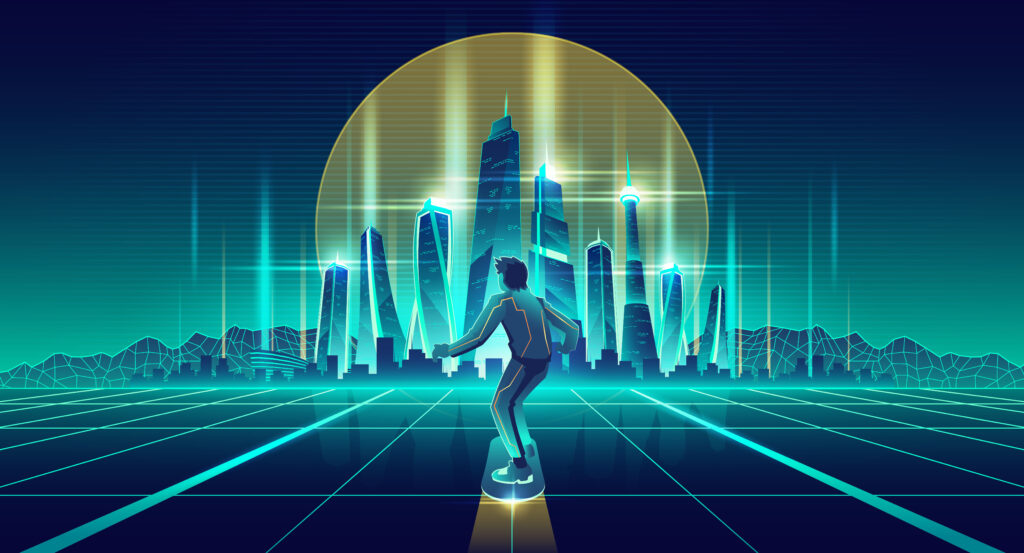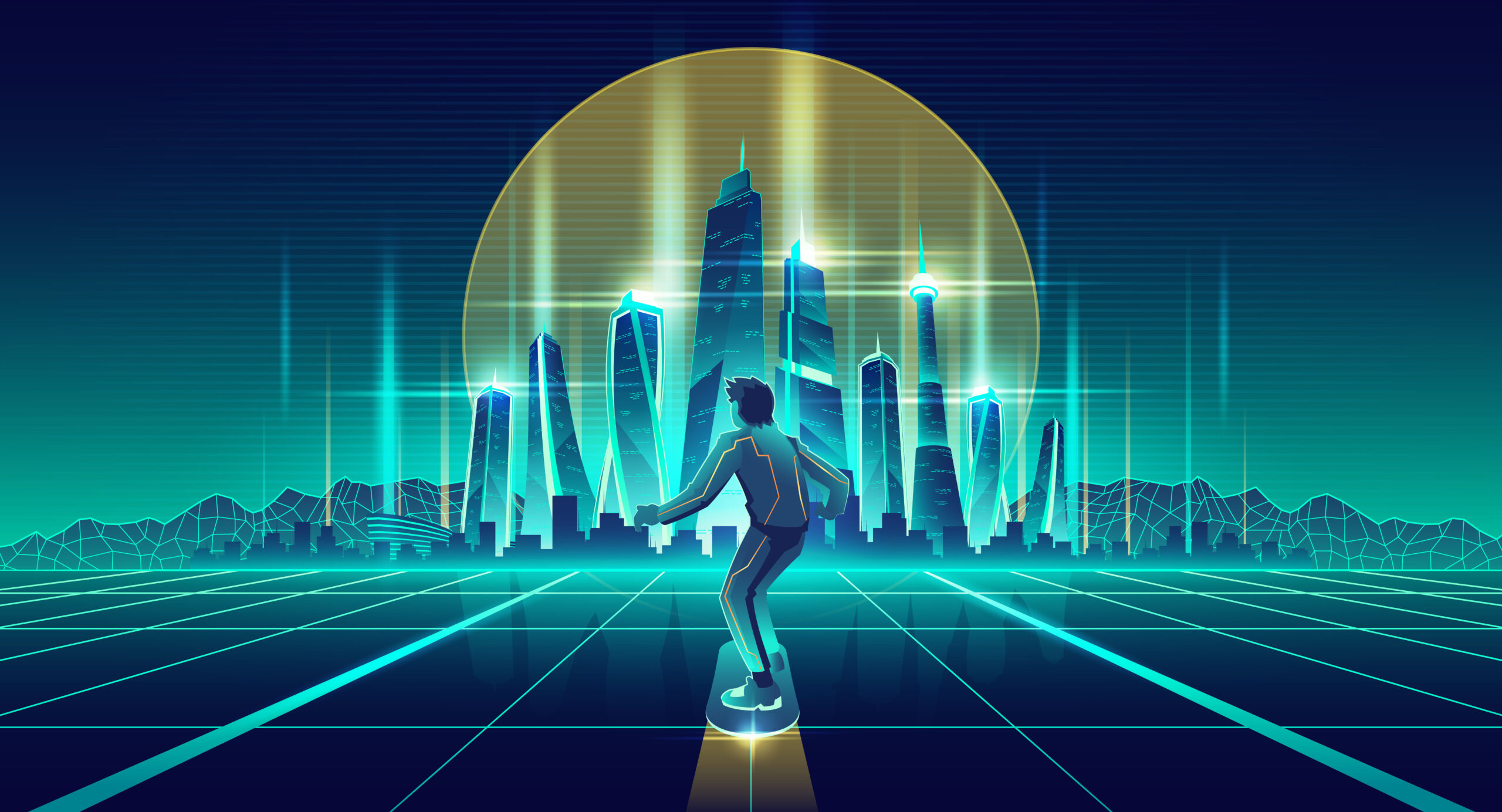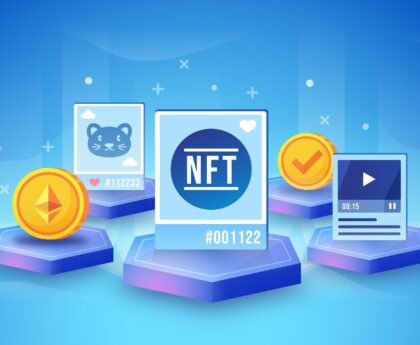
incase you missed it: What is metaverse and what you need to know about it (part 1)
So, what do I need to know about metaverse?
Does the metaverse already exist in gaming? To some extent, there is already a metaverse in games. But — and it’s an important but — it’s rudimentary.
Some social elements of the metaverse can already be found in video games. Consider Fortnite, an online shooter game played on computers, game consoles and mobile devices. The average Fortnite player spends hundreds of hours in the game with a personal avatar, fighting with and interacting with the avatars of other players. Players also accrue virtual currency that unlocks outfits and other goodies to customize their avatars.
A precursor to the metaverse could also be found in Second Life, an online social platform developed by Linden Lab nearly two decades ago, where people created digital representations of themselves to socialize with others. In the virtual space, users could shop and build property to enrich their virtual lives.
Virtual reality is also somewhat advanced in video games. In 2016, Sony released the $400 PlayStation VR, a virtual reality headset that plugged into its PlayStation 4 console to play virtual reality games. This month, Sony said a second-generation headset was coming for the PlayStation 5, though it did not share a release date.
But those were just steppingstones toward the complete metaverse, which is still taking shape. Technologists say that thanks to a number of things — fast internet connections, powerful virtual reality headsets and a large audience of gamers — it is now more possible to live in a richly animated, lifelike 3-D simulation.
What Will Power the Metaverse?
The metaverse will be driven by diverse forms of technology such as cloud infrastructure, software tools, platforms, applications, user-generated content, and hardware. In addition to the technical requirements, the metaverse will include various user experiences including, but not limited to, entertainment, gaming, commerce, social interactions, education, and research.
What are some examples of metaverse?
Here’s a look at what’s happening today that could lead to the metaverse of tomorrow:
♦ Meta. The tech giant formerly known as Facebook has already made significant investments in virtual reality, including the 2014 acquisition of Oculus. Meta envisions a virtual world where digital avatars connect through work, travel or entertainment using VR headsets. Zuckerberg has been bullish on the metaverse, believing it could replace the internet as we know it. “The next platform and medium will be even more immersive and embodied internet where you’re in the experience, not just looking at it, and we call this the metaverse,” said Meta CEO Mark Zuckerberg last month after revealing the company’s rebranding.
♦ Microsoft. The software giant already uses holograms and is developing mixed and extended reality (XR) applications with its Microsoft Mesh platform, which combine the real world with augmented reality and virtual reality. Earlier this month, Microsoft showed off its plans for bringing mixed-reality including holograms and virtual avatars to Microsoft Teams in 2022. Also in the works for next year: explorable 3D virtual connected spaces for retail and workplaces. The U.S. Army is currently working with Microsoft on an augmented reality Hololens 2 headset for soldiers to train, rehearse and fight in. Beyond that, Xbox Live already connects millions of video game players across the globe, too.
♦ Epic Games. Tim Sweeney, CEO of the company that developed Fortnite, has said, “It’s no secret that Epic is invested in building the metaverse.” It’s held concerts by the likes of Ariana Grande and Travis Scott, movie trailers and music debuts and even an “immersive” re-imagining of Martin Luther King Jr.’s 1963 historic “I Have A Dream” speech. And it’s developing photorealistic digital humans with its MetaHuman Creator, which could be how you customize your digital doppelganger in future open-world games.
►Real gear in a virtual world:Fortnite partners with Balenciaga on outfits for you and your avatar
►From NFL to Air Jordan to Ariana Grande:The biggest Fortnite crossover events so far
♦ Roblox. The platform, founded in 2004, houses scores of user-generated games, including role-playing offerings like Bloxburg and Brookhaven, where users can build homes, work and play out scenarios. Roblox is now valued at more than $45 billion after going public this year. the On the day of its IPO in March, Roblox founder and CEO David Baszucki tweeted a thank you to all who helped bring the platform “one step closer to fulfilling our vision of the #Metaverse.” Since then, Roblox has teamed up with skateboarding shoe company Vans to create Vans World, a virtual skateboarding park where players can dress up in fresh Vans gear and opened a limited Gucci Garden, where you can try and buy clothing and accessories for your virtual self.
♦ Minecraft. Another virtual universe beloved by kids, the Microsoft-owned Minecraft is essentially the digital equivalent of Legos, where players can create their own digital character and build whatever they desire. As of August, Minecraft boasts more than 140 million monthly active users. During the pandemic, it has exploded in popularity among kids who had to rely more heavily on virtual connections.
Some lesser-known companies have launched their own online worlds. The online fantasy world Second Life, founded in 2003, is in its second decade as an alternate reality.
When Will the Metaverse Arrive?
The question is then, how long will it take before we move from various protometaverses toward the grand metaverse? Mark Zuckerberg believes that it will be by the end of the decade, but it could also be much sooner than that because foundational elements are already in place.
The infrastructure behind today’s internet allows massive quantities of people to gather in virtual environments, like when more than 12.3 million players tuned in for a VR concert in Fortnite featuring Travis Scott. This current infrastructure is very impressive, yet it will likely need to evolve further to support the metaverse industry experts envision.
We also have the hardware to render realistic virtual environments and avatars in 3D. Meta owns the leading producer of virtual reality headsets, Oculus. Microsoft has been supporting various enterprise use cases with its HoloLens mixed reality smart glasses since its first release in 2016. In addition, Apple is rumored to release its AR and VR headsets in 2022. HTC, Pico, MagicLeap, and other manufacturers are rapidly advancing various hardware platforms, while cascade technology architectures are shifting various computational loads across back-end server infrastructures to edge devices. Unity’s Furioos is a prime example of streaming fully interactive real-time 3D environments where the heavy lift of rendering the environments is handled by their automatically scaling GPU server infrastructure. The metaverse will be a ubiquitous computing experience where users can leverage traditional devices like computers and mobile devices while also enhancing the experience with emerging immersive AR and VR wearables.
Conclusion
Finally, the same innovative technologies that have been disrupting the financial services industry since the Bitcoin network came into existence in January 2009 can be used to enable the continuity of data in the metaverse. NFTs, or nonfungible tokens, are an excellent example of how blockchain technology can be used to verify the ownership of digital assets, and there are already 3D virtual reality platforms that take advantage of them.
Marc Petit, vice president and general manager of Unreal Engine at EPIC Games, stated in an interview recently that the metaverse will require, “shared virtual worlds that incorporate persistence.” What this means is that for an ideal customer experience a user should be able to move from universe to universe with their digital belongings. An example of this would be a user’s NFT shoes purchased from Nike in the future will be available for avatar use in Meta’s Horizon platform while also in other virtual worlds like those in Fortnite and Minecraft.
Another example, Decentraland, is a fully decentralized world that doesn’t have any central leadership. The world is based on the Ethereum blockchain, and it’s controlled by a decentralized autonomous organization. Through this organization and voting, players can control the policies that determine how the world behaves. Decentraland also has its decentralized currency, MANA, which can be exchanged on cryptocurrency exchanges for other currencies.
In the future, Decentraland could be one of many decentralized worlds that make up a portion of the metaverse, with digital assets and currencies flowing between them the same way fiat money and physical goods are exchanged by people living in different countries in the real world.
While nobody would own the metaverse itself—just like nobody owns the internet today—there will certainly be many important players in the space, and companies like Meta, Microsoft, Unity, Epic Games, Roblox, and others want to be among them, which is why they are pouring billions of dollars into making the sci-fi dream come true.
The metaverse is just an idea that was first described by sci-fi author Neal Stephenson in his novel Snow Crash. Soon, it could become reality because many large technology companies are betting that it will be as big—if not bigger—than the internet is today. Anyone who doesn’t want to wait for individual virtual experiences to form one massive world of worlds can join platforms like Decentraland, Horizon Workrooms, or Roblox to get at least some idea of what the future will possibly look like.
Thanks for reading, if you love the article, you can share it don’t forget sharing is caring.






